Skydiving License 101: Understanding Different Types and Their Requirements
Skydiving Training
Posted by: Wisconsin Skydiving Center 1 year ago
How risky is solo skydiving … is it really worth it? We’ve done a whole lot of jumps and taught a whole lot of people to skydive, so we answer this question with a resounding: absolutely! But we understand that we’re a bit biased!
When it comes to getting your skydiving license, the sky is not the limit, but merely the beginning of an exciting and challenging journey. Whether you already have your skydiving A license or are just beginning your solo skydiving training, we’ve got you covered with the ins and outs of earning your license for skydiving solo.
Let’s dive into the specifics of your passport to the skies: the skydiving license.
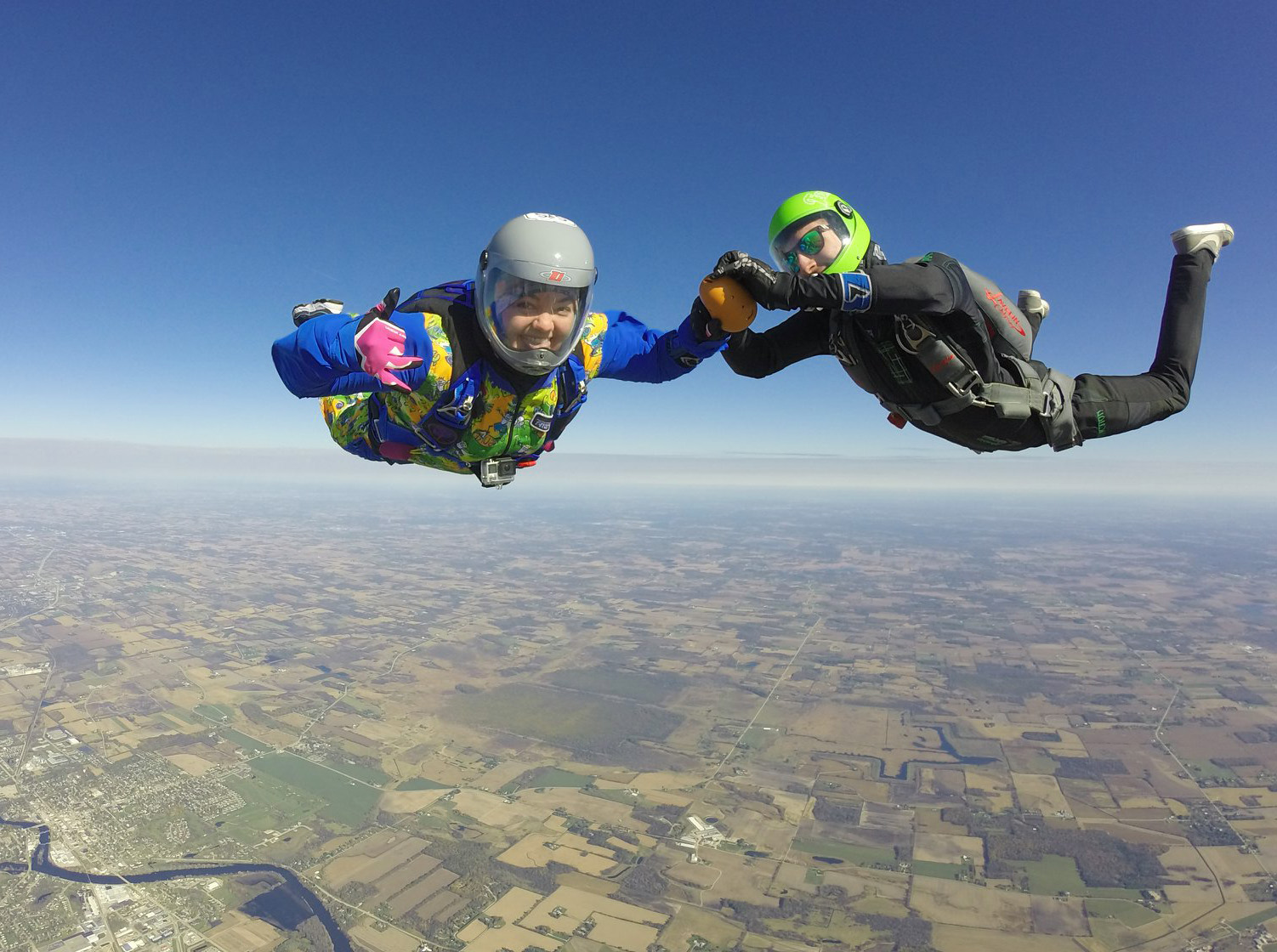
Types Of Skydiving Licenses
There are four types of United States Parachute Association (USPA) skydiving licenses: A, B, C, and D. The order of the licenses directly correlate to skill difficulty level and what privileges are given to the jumper.
For example: A-licensed jumpers need to prove coherency and a safety-oriented mindset in the sky. For a D-licensed jumper, the A-license requirements are a given, and they must also be able to jump in large groups, understand water landings, and have an accumulated minimum three hours of freefall time!
How Many Jumps To Get A Skydiving License?
How many dives do you need to skydive alone? Can first-time skydivers go solo? Well, sometimes. These days, skydiving for the first time is almost always done as a tandem skydive, when a novice is secured to the front of a professional instructor. Tandem skydiving is the safest and most fun way to be introduced to the sport, and if you really love it (which we’re confident you will), then it’s time to get that A!
Here at Wisconsin Skydiving Center, we only require one tandem skydive before starting your solo progression. Along with a tandem skydive, skydivers pursue their A-license by going through a student program called Accelerated Freefall (AFF). AFF is the most comprehensive and efficient solo skydiving training program in the world – and we’ve modified it to make it even better than the standard-issued curriculum.
Second to sending it with a tandem skydive, AFF is the first step into the world of solo skydiving – eek! What is AFF level 1? We break it down right here.
Each skydiving license requires a different number of jumps prior to applying for the license.
A-license: 25 jumps
B-license: 50 jumps
C-license: 200 jumps
D-license: 500 jumps
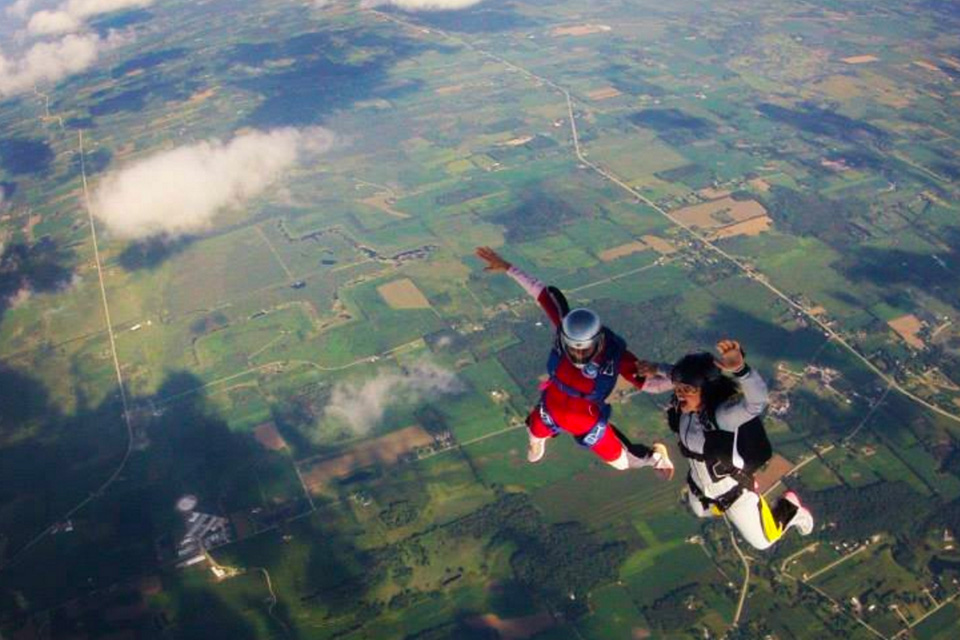
What Are The Skydiving Licenses Prerequisites?
A-license
The A license is the first solo skydiving license you can earn. A-license skydiving allows jumpers to soar the skies with their pals, pack their own parachutes, and begin to learn about different skydiving disciplines!
On top of jump numbers, A-license candidates must have:
- Completed the A-license proficiency card from the USPA
- Minimum of five skydives with 2+ other jumpers
- Pass the USPA written A-license examination
B-license
The second of the skydiving licenses allows jumpers to do night jumps, hot air balloon jumps, and helicopter jumps! They can also pursue their coach rating, which can happen once 100 jumps is accomplished.
Skydivers on the brink of their B-license must have the following:
- Completed a canopy course
- At least 10 formation skydives; 5 with 3+ people
- Water training
- Ace the USPA B-license written examination
C-license
The C-license places a large emphasis on accuracy. When a skydiver is accurate, it means they successfully land their parachute where they intended. And for the C-license, this predetermined target is pretty small. Jumpers who hit the 200 jump mark can wear cameras on their jumps!
Jumpers on the verge of their C-license must have the following:
- Land within 7 feet of a preselected target, 25 times
- Successful completion of 50 formation skydives; 10 that have a minimum of 4 jumpers
- Passing the USPA C-license examination
Why is accuracy so important? Like everything in skydiving, safety is first. Being accurate allows us to be predictable and safety-oriented.
D-license
The pinnacle of skydiving licenses is the D-license. Earning the D-license opens the door to begin working toward other ratings within the sport, such as PRO and Tandem Instructor.
What’s a PRO rating? PRO ratings let jumpers do demonstration (“demo”) jumps, like jumping into ball games, stadiums, and all the places with bunches of people and super skinny landing areas, all while trailing flags or smoke!
Jumpers who are on the cusp of their D-license need to have the following:
- C-license (or all requirements met for the C-license)
- A minimum of two of the following:
- 100 formation skydives; 25 of them with 8+ people
- Intentional water landing
- Land within 7 feet of a preselected target, 100 times
- Canopy stack of 3+ canopies
- A night jump
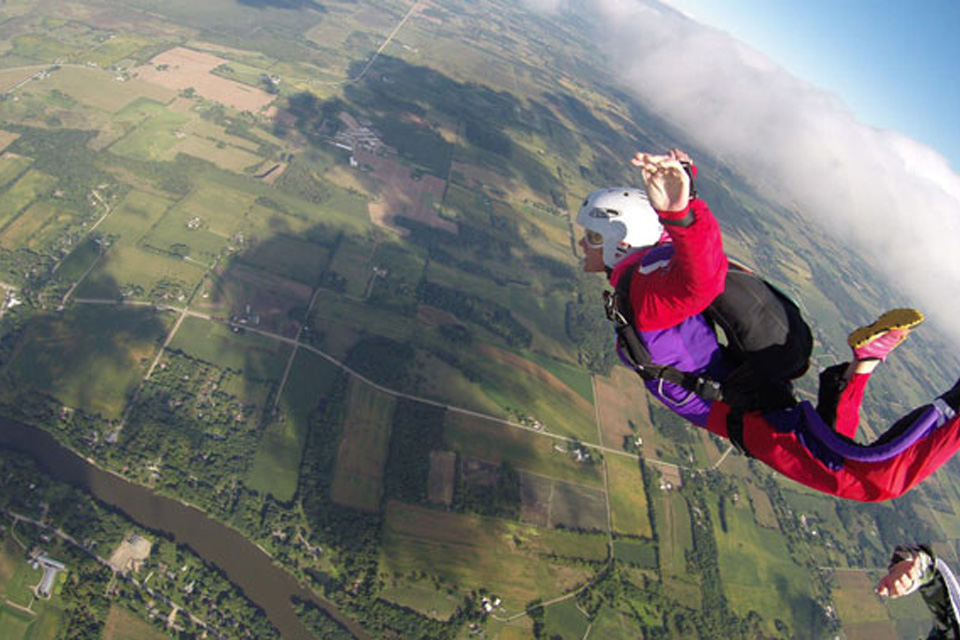
Pathway To Progression
Skydiving licenses don’t only require certain skills and jump numbers to be fulfilled, there’s also a freefall time requirement once you work beyond the A license.
B-license: 30 minutes
C-license: 60 minutes
D-license: 3 hours (eek!)
In order to meet freefall time requirements and the necessary skills for each license (like completing big ways), it’s critical to jump with instructors, coaches, and other elders in the sport. One reason skydiving is so neat is because an “elder” in the sport could be a 26 year old who has a D-license and 1,000 skydives – it’s all about experience, not age.
It is awesome to have fun on jumps, but to advance in the sport it is critical to be intentional with your progression. Our biggest tip when it comes to ensuring a steady progression (and in general) is to not let yourself fall to complacency – strive to always be working toward something; always getting better.
We’re buzzing to help you learn how to skydive solo – contact us today! Blue skies!
Categories:
You May Be Interested In:
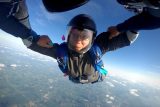
How Long Does A Skydiving License Last?
1 year ago by Wisconsin Skydiving Center

First Skydive – Tandem Skydive or Solo Skydive?
1 year ago by Wisconsin Skydiving Center
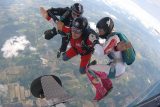
All About AFF Skydiving Training and How We Do It Better
2 years ago by Wisconsin Skydiving Center
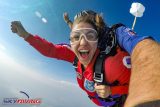
How Much Experience Do Skydiving Instructors Have?
2 years ago by Wisconsin Skydiving Center